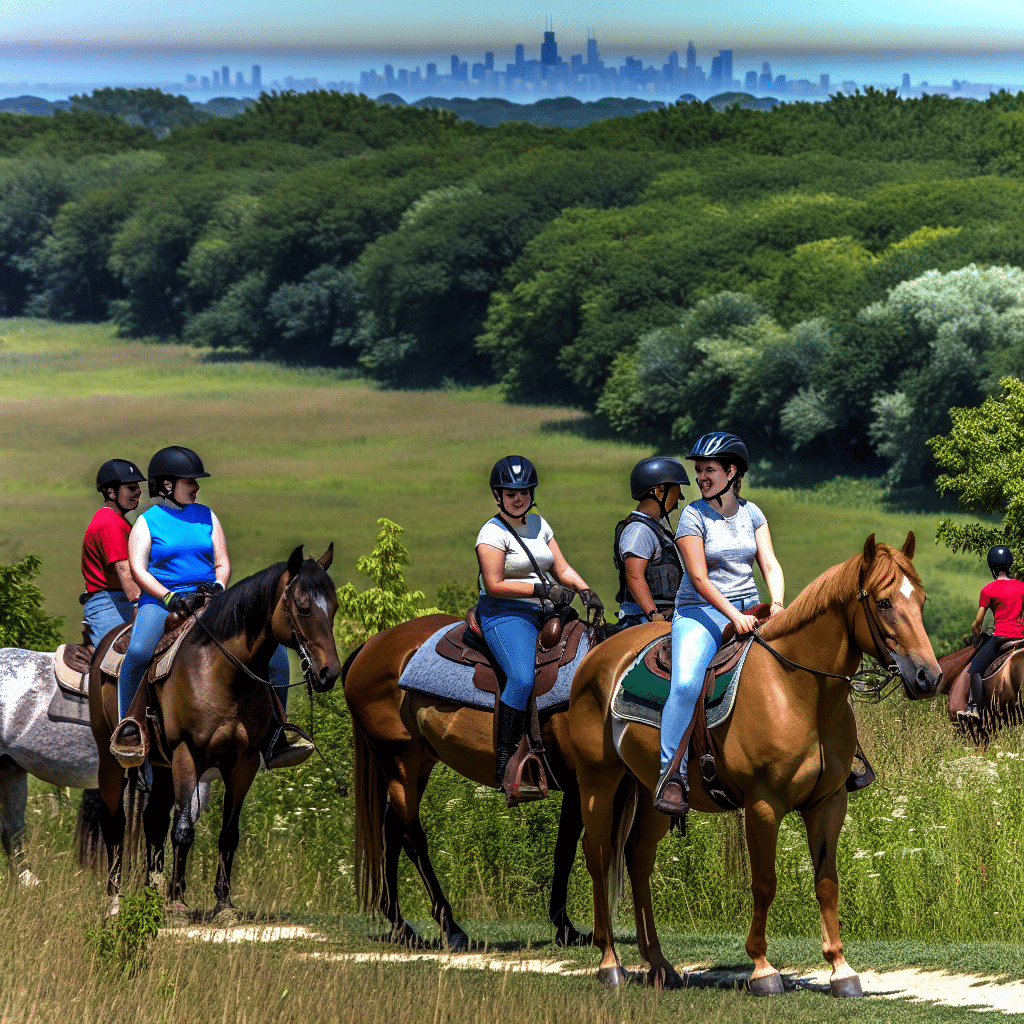Tree climbing is not just a pastime for adventurous children; it is a skill that can be applied in various professional fields like arboriculture, forestry, and even recreational climbing. Whether you’re aspiring to become an expert climber or simply want to safely scale a tree in your backyard, understanding proper tree climbing techniques is crucial.
Why Learn Tree Climbing Techniques?
You may wonder, why would anyone need specific techniques to climb a tree? While it might seem as simple as grabbing the nearest branch and pulling yourself up, effective and safe tree climbing requires a blend of skill, strength, and knowledge.
Safety First
One of the primary reasons to learn proper tree climbing techniques is safety. Falling from even a modest height can result in serious injuries. By understanding the correct methods and using appropriate gear, you minimize the risk of accidents.
Efficiency and Conservation
Effective climbing techniques not only help you ascend faster but also reduce strain on the tree itself. Using the right methods ensures that you don’t damage the bark or break off branches, thereby preserving the health of the tree.
Essential Equipment for Tree Climbing
Before diving into the techniques, it’s vital to equip yourself with the right gear.
Climbing Rope
A sturdy rope is your lifeline. Choose a rope that’s durable, with a diameter that provides a good grip but isn’t too thick to handle easily.
Harness and Helmet
A climbing harness distributes weight evenly and provides secure points for attaching your rope. A helmet is essential for protecting your head from falling debris or accidental bumps against branches.
Carabiners and Ascenders
Carabiners are essential for attaching your rope to your harness and other gear. Ascenders allow you to slide upward on the rope without sliding back down, providing extra security during your climb.
Basic Tree Climbing Techniques
Choosing the Right Tree
Select a tree that’s both healthy and structurally sound. Avoid trees with dead or broken branches, and ensure the trunk is free from rot or disease.
The Body-Thrust Technique
The body-thrust technique is a fundamental method for tree climbing. Here’s how you can do it:
1. **Set Your Line**: Throw your climbing line over a sturdy branch, ensuring it’s firmly anchored.
2. **Attach Your Harness and Ascender**: Secure your harness to the rope using a carabiner, and attach the ascender higher up the rope.
3. **Push Off with Your Legs**: Using your feet to push against the tree, thrust your body upward.
4. **Advance the Ascender**: Slide the ascender up the rope as you gain height, making sure it locks into place to prevent slipping.
Double Rope Technique (DRT)
The Double Rope Technique (DRT) is another commonly used method, especially among arborists.
1. **Set Your Line**: As with the body-thrust method, throw your rope over a sturdy branch.
2. **Create a Loop**: Tie a secure knot to create a loop in the rope between the branch and the ground.
3. **Attach Your Harness**: Use a carabiner to attach your harness to the loop.
4. **Pull and Slide**: While one hand pulls on the rope, use the other hand to slide the knot upward, creating tension and lifting yourself higher.
Single Rope Technique (SRT)
For more advanced climbers, the Single Rope Technique (SRT) offers greater efficiency, particularly for ascending tall trees.
1. **Set Your Line with a Throwline**: Use a thin, lightweight throwline to get your climbing rope over a high branch.
2. **Tie a Secure Knot**: Attach your climbing rope securely to the throwline and pull it over the branch, creating a single, solid line.
3. **Use Ascenders and Foot Loops**: Attach ascenders to the rope and use foot loops to climb. This allows you to ascend without needing to push against the tree itself.
4. **Progression and Descending**: SRT systems often include self-braking descenders, making it easier to control your descent after reaching the desired height.
How to Descend Safely
Controlled Descent with a Prusik Knot
1. **Tie a Prusik Knot**: This friction knot will slide up the rope while ascending but locks into place when weight is applied.
2. **Lower Yourself Slowly**: Release the knot incrementally, allowing you to descend in a controlled manner.
3. **Maintain a Firm Grip**: Always keep at least one hand on the rope for additional control and safety.
Using a Descender Device
Advanced climbers often use descender devices that provide smoother and more controlled descents. These devices allow you to descend more rapidly but require careful handling to prevent rapid falls.
Conclusion: Climb Safely and Responsibly
Climbing trees can be an exhilarating and rewarding experience, whether you’re doing it for fun or as part of your profession. Mastering tree climbing techniques ensures not only your safety but also the well-being of the trees you climb. By equipping yourself with the right gear and adhering to proven methods like the body-thrust, DRT, and SRT, you’ll be able to navigate the canopy with confidence and care. So gear up, stay safe, and happy climbing!




